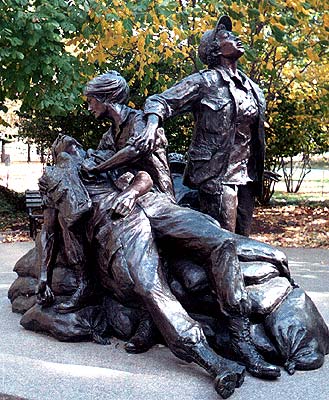The nineteenth century is not just known for Realist art and literature; it also marks a significant time in the scientific community. Two very prominent scientists lived during this era, both of whom made substantial contributions to modern society.
In 1862, while examining micro-organisms, French chemist Louis Pasteur discovered, what he believed to be, the source of many food borne illnesses. He determined that by heating foods to a precise temperature and then rapidly cooling them, the growth of harmful pathogens could be drastically slowed down. This new method of pasteurization greatly reduced the risk of ingesting unsafe microbes and today is considered standard procedure as regulated by the FDA. Only a few years after Pasteur’s breakthrough, another Frenchmen by the name of Auguste Gaulin discovered a process by which he could prevent the fat globules in milk from separating into cream. The technique used during homogenization applies extreme pressure to raw milk that forces it through a series of small pores or tubes in order to break up the fat and create a uniformed emulsion; the first machine ever patented to do this was a three-piston pump that Gaulin created 1899.
Having only seen raw milk once, I am thankful that these two men were around long before I was born.






